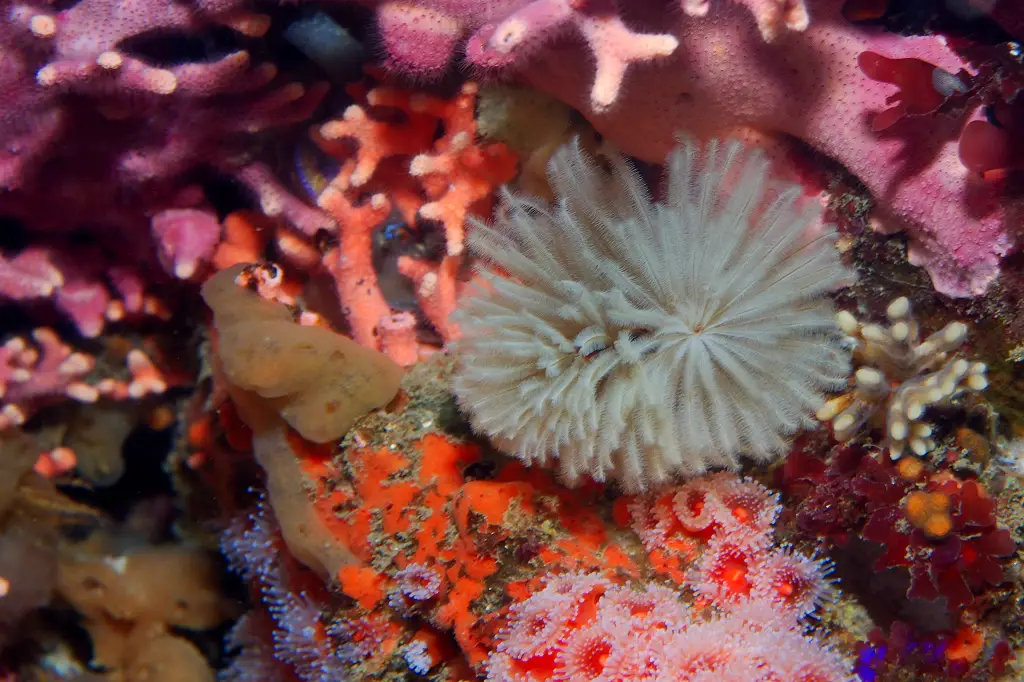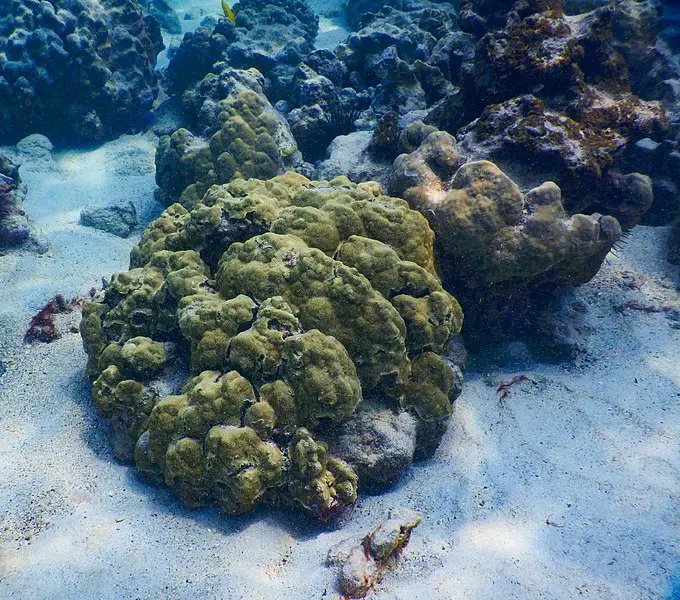Introduction
Have you recently spotted a red feather duster worm in your aquarium? If so, you might reasonably be feeling concerned and wondering whether you need to get rid of it, or whether you can leave it alone and let it continue to grow. This dilemma can be challenging to deal with.
Red feather duster worms are sometimes interesting additions to an aquarium, but if you have not put one in intentionally, you might be wondering what you should do about it. Fortunately, these creatures are generally harmless and peaceful, and they won’t usually cause any problems in an aquarium.
In this article, we’re going to explore whether you should be concerned about red feather duster worms in an aquarium, and how they behave. We’ll also look at how to get rid of them if you need to, and how they spread. This should put you in a strong position to keep your aquarium thriving and healthy, without unwelcome visitors.
Are Feather Duster Worms Harmful?
Feather duster worms are not generally harmful, as they feed on plankton. They will not cause compatibility problems in a healthy tank, and they will not bother your fish, shrimps, or other stock. They are peaceful and unobtrusive creatures and you don’t need to worry about them upsetting any other aquarium inhabitants.
In rare situations, you might end up with too many feather duster worms, and this could upset the balance in your tank. They may out-compete other plankton feeders and prevent them from getting enough to eat. They might also look unbalanced and unappealing, especially if you aren’t particularly fond of their appearance.
However, it is quite unusual for this to happen, so you don’t generally need to worry about feather duster worms if they appear. They are often a sign of a healthy aquarium and you can leave them alone and be pleased that your tank is flourishing.
Do Feather Duster Worms Move?
No, feather duster worms do not move. They cling to the rock that they have started on, and although they may move around in the tubes, they will not relocate to another position in the aquarium. They are not capable of detaching themselves and crawling to another spot.
That means that it’s important to make sure they are still in a good position if you want to move the rock they are living on. They will not be able to find a more suitable spot on their own, and there is a risk that they will die if the environment is not right for them.
Any time you reposition a feather duster worm’s rock, you need to check it is still thriving.
They will generally stop opening up if they are unhappy, and then after a few days or weeks, their crown may detach. This is a sure sign that the conditions are not right for them and you need to relocate them.
How Do You Get Rid Of Feather Duster Worms?
If you don’t want feather duster worms in your aquarium, one of the best solutions is to find a predatory fish that will eat them. You have several options, including copper banded butterflies, some types of crab, and certain species of wrasse. These will soon pick off the duster worms.
However, you should be aware that they may also attack other tank inhabitants, so do some careful research on compatibility first. If you can’t add an appropriate predator, you could try picking the feather duster worms off by hand.
Alternatively, put some superglue on the feather duster worm’s opening. This will prevent the worm from coming out to feed, and will eventually kill it. This is not a particularly natural solution, however, so it may be better to choose other options if possible.
What Do Feather Duster Worms Do?
These creatures are filter feeders that will filter the water of your aquarium through their bodies and take out tiny particles to eat. They are easy to look after and have a very attractive appearance, making them a nice addition to aquariums of all sorts. You will get to watch their beautiful fronds waving around in the water.
Besides that, feather duster worms do very little. They are pretty, but not an active species. You don’t need to worry about them causing issues in the tank, harassing your fish stock, or anything else. They can be interesting to watch, but they aren’t particularly active or engaging.
Do Feather Duster Worms Multiply?
Like all creatures, feather duster worms can reproduce, and they will do so if the conditions in the aquarium are right for them. They reproduce both sexually and asexually, so even if you only have one in your tank, they can spread.
Only soft tube varieties can reproduce sexually. In these cases, the worms release gametes into the water. These will form larvae that will swim around in the tank for a while as they grow and develop. Eventually, they will settle on a rock in a suitable position, and start to form into adult feather duster worms.
For asexual reproduction, the feather duster worm simply breaks off its posterior, and this settles nearby and starts to grow a new crown. The original worm grows a new posterior. Using asexual reproduction, feather duster worms can form dense colonies of cloned individuals, so this is a great way for the species to spread.
You may see your worms doing both of these things. If conditions are good, they will reproduce quickly and you may get a lot of them. However, it is quite normal for the numbers to fluctuate as things change in your aquarium, so don’t be alarmed if you see fewer and then more again. This often happens.
Conclusion
Red feather duster worms are often found in established aquariums. It can be alarming when something you aren’t expecting appears in your tank, but these worms are generally nothing to worry about. They will fix to a rock and feed on plankton, and they won’t bother other tank inhabitants. You can remove them if you like, but they are harmless.


